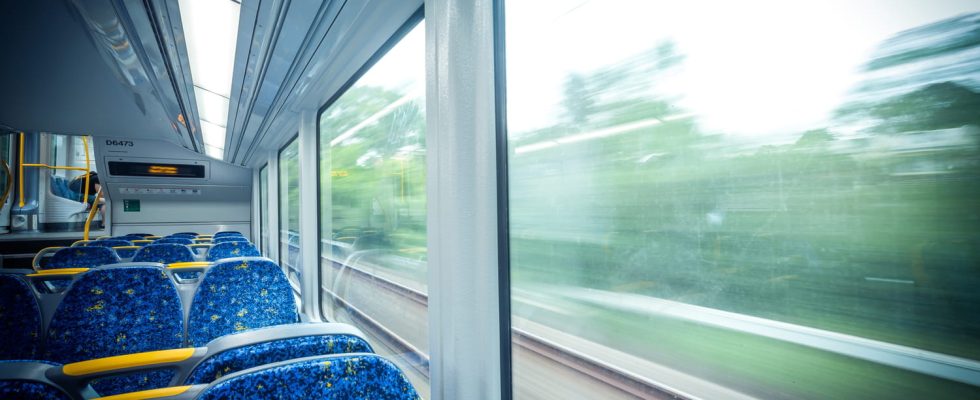Public transport is not known for its great cleanliness. One corner in particular, that everyone touches, would be a nest of germs.
Public transportation is far from the cleanest place in the world. It is always advisable, in fact, to wash your hands when you go out. And rightly so. Given the crowds on metro trains, trains or in airplane cabins, a lot of dirt and germs can get in there. This being said, we tend to think that the worst place would be, for transport which is equipped with it, the toilets. This is why we sometimes tend to hold back rather than go to the toilets, often tiny, of the TER, the TGV or the Airbus which takes us on vacation.
Another nest of microbes that quickly comes to mind, when they are present: the bars you hold on to in the metro or the trays found at the back of seats in trains and planes. We never know who might have touched them… However, it would be in a very different corner that the greatest danger lies. According to a University of Alberta researcher interviewed by The Sun, one place is even more exposed to germs than any other: the headrest.
Jason Tetro explains that this area is “constantly touched or in contact with passengers” who are “people you do not know and whose state of health is completely unknown to you”. In addition, the headrests come into contact with sensitive areas of your body such as the head obviously, but also the hands.
This concern would also come from the infrequent cleaning of these headrests. Unlike toilets in long-distance transport or metro bars, they would not be among the areas cleaned most often and thoroughly. This would be particularly the case on the plane. Which is very annoying given the length of some flights. The train encounters the same problem.
According to a flight attendant who spoke to the American travel magazine Travel + Leisure, in addition to the headrest, you should be wary of the booklet with the safety instructions in the plane which is often found in the pocket behind the seat. These cards are also rarely disinfected as they pass from hand to hand. She gives some recommendations: “Once you have finished reading the safety instructions, make sure to put on some hand sanitizer or better yet, wipe the instruction card with a wet wipe to protect yourself and future passengers, of all germs”. It would therefore be preferable to do a quick check-up of your place yourself before settling in, or even to wipe it down if you don’t want to take any risks.
